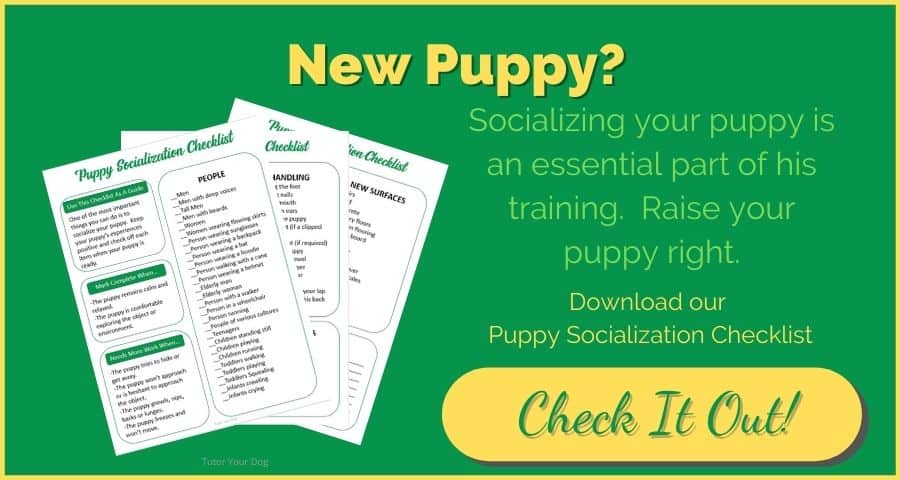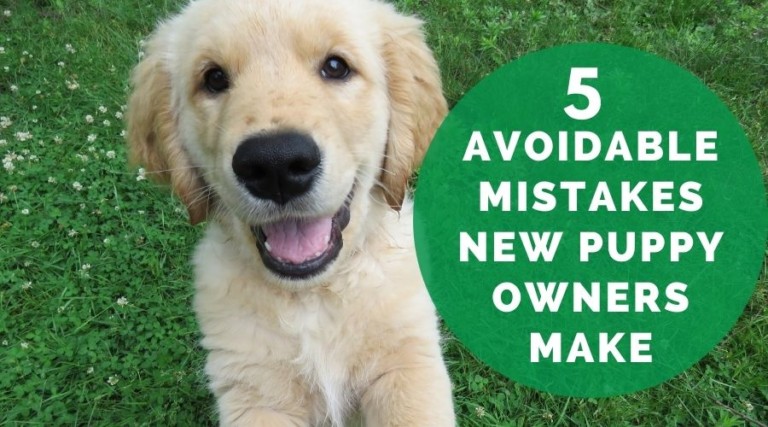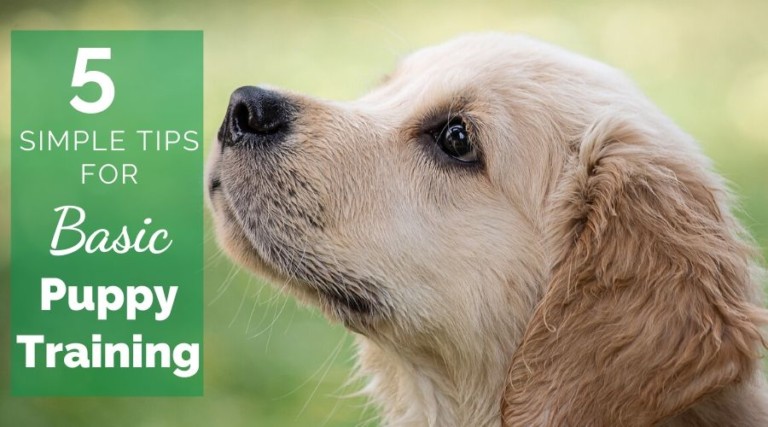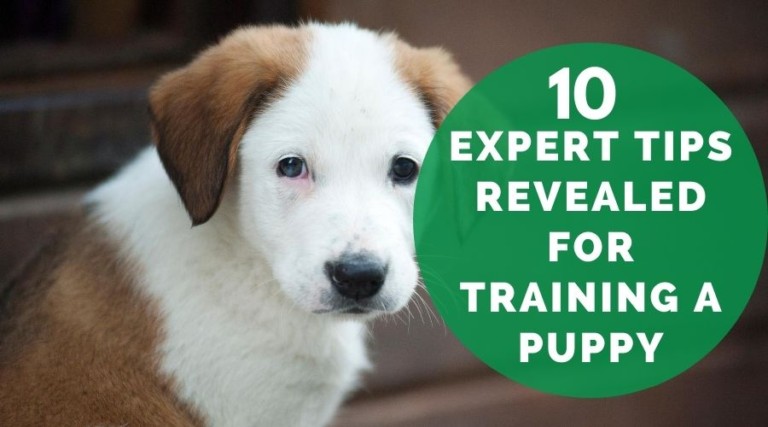{This post may contain affiliate links. This means we may make a small commission at no extra cost to you. This website is a participant in the Amazon Services LLC Associates Program. As an Amazon Associate we earn from qualifying purchases. We only recommend products that we believe will be of value to our followers. Click HERE to see our disclosure for details.}

Early puppy socialization is an important part of your puppy’s training. This training is something that should start while your puppy is still with his breeder and continue on after you take him home. By the time you bring home your puppy, his behavior will have already been greatly influenced by his mother and his siblings. This is something that you can build on in order to make sure that your puppy grows up to be a well adjusted dog.
Heres an example: If his mother barked to attract some attention, her puppies will probably learn this behavior. The experiences that occur between three and twelve weeks of age are crucial in the development of a dog’s personality. This is a key time to socialize a puppy so it’s important to find a breeder who starts early puppy socialization so that your puppy gets the best start to his life.
The best time to bring home a puppy is when he is about eight to ten weeks old. By making sure that he has as much varied experience as possible during the month that follows, you will lay the groundwork for easier, more productive, and rewarding training and a dog that is less likely to have fear or other behavioral issues when taken to new environments.

Tips For Providing Early Puppy Socialization Experiences
1. Meeting New People
You need to make sure that your new puppy meets as many different people as possible while he is still young. If you can, take him to work, take him out in the car, and take him to your friend’s homes whenever possible. Let your puppy meet friendly men and women of all ages, and children. He should meet people wearing hats, using canes and wheelchairs, etc.
Let’s face it, it’s hard to resist a cute little puppy. If you take your puppy into a dog friendly store, park or parking lot, people are going to want to say hello to him. Make sure that each person meets your puppy in a controlled manner so that you can ensure that the meeting is a positive experience for your puppy. As much as early socialization is beneficial to your puppy, it can be just as damaging to your puppy if not done properly. By letting him have positive interactions with people as a puppy, he will be more likely to be comfortable around people as he grows up.
Click on the images below to check out our favorite dog training supplies on Amazon.



2. Personal Investigation
Playing with toys will provide the puppy with mental and physical stimulation. Find out which toys the puppy likes as they often have favorites. But you need to make sure that the toys are unlike other domestic items, such as shoes. You can use his favorite toy as a reward during training. Allowing your puppy to investigate new toys as well as new situations and environments, will give him more confidence in new situations as he grows up.
3. Play Constructively
You can play active games with your puppy, but you need to make sure that it is you who is in control and dominant in the puppy’s eyes. While you play, watch the puppy’s behavior, and if he is about to sit, issue the ‘Sit’ command. This gives the puppy some early association with basic commands and what they mean.

4. Give Immediate Rewards
When the puppy obeys a command, you should offer an immediate reward, such as a pat on the head or praise with words. Treats also work well if your puppy is food motivated. (Be sure to check out our favorite training treats on Amazon.) The key is to find out the things that your puppy really likes and then use them as rewards when he does what you want him to. Remember, you’re the dominant member of the pack, which means you should always be in control.
Click on the images below to check out our favorite training treats on Amazon.



5. Early Habits And Routines
This is an important thing to keep in mind. If you carry a puppy constantly when he is very young, he will expect similar treatment when he feels insecure as an adult. When you allow him on the furniture when he is a cute little puppy, it will be harder to keep him off of the furniture when he is an adult. If you allow him to jump up on your when he is a small puppy, when he is full grown he will still think that it’s ok to jump up on you. Bear this in mind.
Always set the rules from day one because the expectations for your puppy should be set and followed from the day that he is brought home. This prevents confusion for your puppy and he will quickly learn the rules.

6. Give Mental Stimulation
Puppies that are actively stimulated grow into adults that are good at both learning and problem solving. There are many ways to provide mental stimulation to your puppy. Daily obedience training is a great option. Young puppies love to learn new things and it’s a great opportunity to bond with your puppy. Training new tricks can be fun and another great bonding experience for your puppy.
Besides training, there are games and puzzles that you can purchase that are designed for mental stimulation. It’s fun to watch a puppy with a new puzzle toy, especially when you can see him thinking and trying to figure it out. These games and puzzles can provide a great deal of stimulation for your puppy.
Click on the images below to check out our favorite dog puzzle toys on Amazon.



7. Understanding Fear
You must try to keep an eye on all of your puppy’s activities to ensure that any frightening situations he may encounter are kept to a minimum. Fears learned at an early age can become lifelong phobias unless they are overcome with training. You must also learn how to react when your puppy is afraid of something.
Our first instinct is to comfort our puppy when he is afraid of something. This is what we would do for a human child if they were afraid of something. But for a puppy, this reaction from us would be rewarding the fear and telling the puppy that his fear response is the proper behavior for the situation. Instead, we need to ignore the fear and act as if everything is ok. Make it seem like it’s not a big deal.
Ok course, when your puppy exhibits extreme fear of something and you can’t get him past this fear, it is wise to seek the help of a professional dog behaviorist.
Click on the images below to check out our favorite dog chew toys on Amazon.



8. Gatherings
All dogs must learn to behave properly, both with their own species and with others, especially people. This isn’t always an easy task, so the best time for them to learn is when they are still very young. Less than four months old is thebest time to start this socialization training.
When its possible, make sure that the puppy meets other species such as cats, horses and other animals when he is very young. This way, he will grow up knowing how to behave around these other animals.
How To Socialize Your Puppy During A Pandemic
Socializing your puppy during a pandemic can be challenging but it’s still very important. There are some ways that you can still socialize your puppy safely while socially distancing and wearing a mask. We have found this video with 7 tips for socializing your puppy during a pandemic. These tips will also work even when the pandemic is over.
Early socialization to other species reduces the likelihood of future problems. With the advice of your vet or local dog training club, it’s a good idea to participate in supervised weekly puppy socialization classes. At these gatherings, puppies learn how to respond to other dogs and to strangers in a controlled way. This type of interaction is very important to all puppies.
What Happens If A Puppy Does Not Receive Early Puppy Socialization?
Dogs that lack early social experiences can sometimes become more difficult to train. Restricted contact with people when the puppy is young can cause limitations in the dogs ability to obey commands. The puppy can be nervous of new people. This can cause a wide variety of behaviors when the puppy meets new people. The puppy could try to hide, bark at, or even display fear aggression towards new people.
Before getting a puppy or even an older dog, find out as much as possible about his early experiences. The more a puppy has been handled and exposed to while young, the more likely he is to respond well to strangers and new environments when he is an adult.
Puppies raised with hardly any contact with people or early puppy socialization can be very difficult to train for the average person without the help of a professional dog trainer. So remember to ask questions about the puppy’s early socialization experiences before you adopt him.







